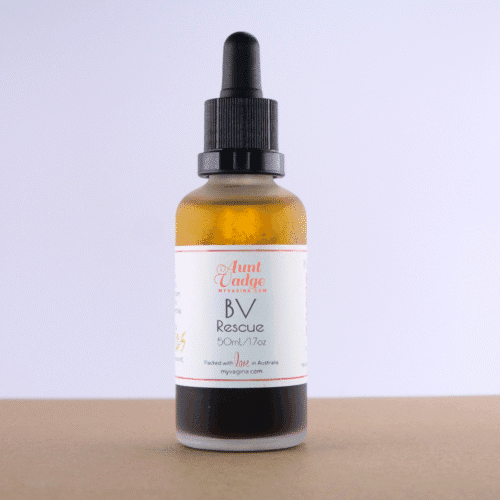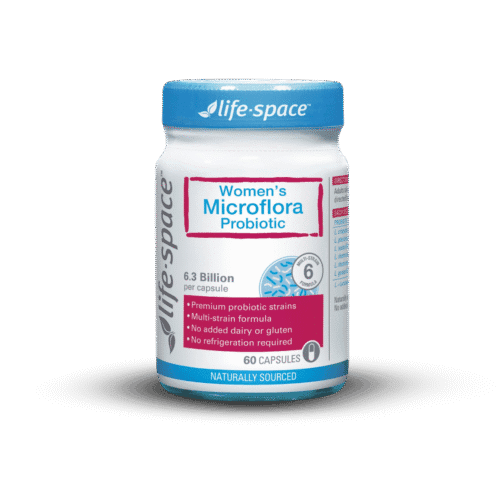Been diagnosed with bacterial vaginosis (BV), or just suspicious based on a fishy-smelling vagina? You are not alone. Millions every year are diagnosed with BV.
Bacterial vaginosis (BV) causes a fishy-smelling vagina, however so do a couple of sexually transmitted infections (STIs). Before you make assumptions, be thoroughly tested for STIs with your healthcare provider, and order a comprehensive microbiome test online.
Getting a thorough vaginal microbiome test
A test is really important, because STIs can damage your reproductive system if you don’t get treated. Even if you don’t think you could have an STI, get tested anyway to rule it out.
Sexually transmitted infections can’t be treated by yourself at home, but you can treat BV at home.
Sometimes bacteria not tested for using a culture or PCR test may be causing problems. You may have aerobic vaginitis bacteria, for example, as well as BV-related bacteria.
Our latest treatments take your body and microbiome into consideration. A comprehensive vaginal microbiome test is advisable.
What is BV?
BV is the overgrowth of a specific group of bacteria in the vagina. This bacteria isn’t just free-floating (planktonic) bacteria: these bacteria have made a slimy coating they call home (a biofilm) inside the vagina, displacing your natural, friendly bacteria.
Recurrent BV – that is, BV that keeps coming back time after time no matter what you do – is contributed to by the sticky bacterial biofilm of Gardnerella vaginalis and friends. Gardnerella and friends may live in the vagina harmlessly.
BV bacteria can be sexually transmitted1 between male-female or female-female sex partners Having a new sexual partner can usher unwelcome guests into the vagina and result in symptoms.
The most common home remedies for BV include:
Treating BV biofilms
The BV biofilm is by its very nature very resistant to treatments, including high-dose antibiotics, which is the point: it stays put, and the bad bacteria retain their colony.
It’s not just G. vaginalis, since other bacteria jump on board the biofilm train, and hide in there. Joining forces makes the biofilm stronger, as more different types of bacteria wage war against protective vaginal bacteria.
The vagina becomes less acidic (higher pH), and the desirable protective lactobacilli bacteria can’t survive. Lactobacilli usually keep Gardnerella in check, but for a variety of reasons, sometimes Gardnerella and friends takes over and makes the equivalent of a cosy nest. Yucky, huh?
If you are lucky, your first or second round of antibiotics will have worked, but chances are if you are here, the antibiotics haven’t worked. This is a common outcome of treating BV with antibiotics – this treatment only has about a 50% success rate.
Research suggests that the combination of microbes in the vaginal microbiome dictates how severe BV may be and how strong the biofilm.
How to treat resistant BV – dealing with the biofilms
We have an effective treatment program, Killing BV, that aims to remove the bacterial biofilm and disruptive bacteria, and replenish the vagina with protective lactobacilli species.
Don’t worry – your BV is treatable. It might just be a matter of trying different treatment strategies and getting the support you need. Not all BV is caused by a disrupted vaginal microbiome by itself – in fact, there are many systemic issues that can result in BV. An example is low estrogen.
How to treat BV effectively
The most comprehensive vaginal microbiome test you can take at home, brought to you by world-leading vaginal microbiome scientists at Juno Bio.
Get a fresh perspective with a qualified, experienced vulvovaginal specialist naturopath.
This product has multiple variants. The options may be chosen on the product pageEasy-to-use BV and AV treatment program.
Get a fresh perspective with a qualified, experienced vulvovaginal specialist naturopath.
This product has multiple variants. The options may be chosen on the product pageThe most comprehensive vaginal microbiome test you can take at home, brought to you by world-leading vaginal microbiome scientists at Juno Bio.
Easy-to-use BV and AV treatment program.
Promote and support a protective vaginal microbiome with tailored probiotic species.







